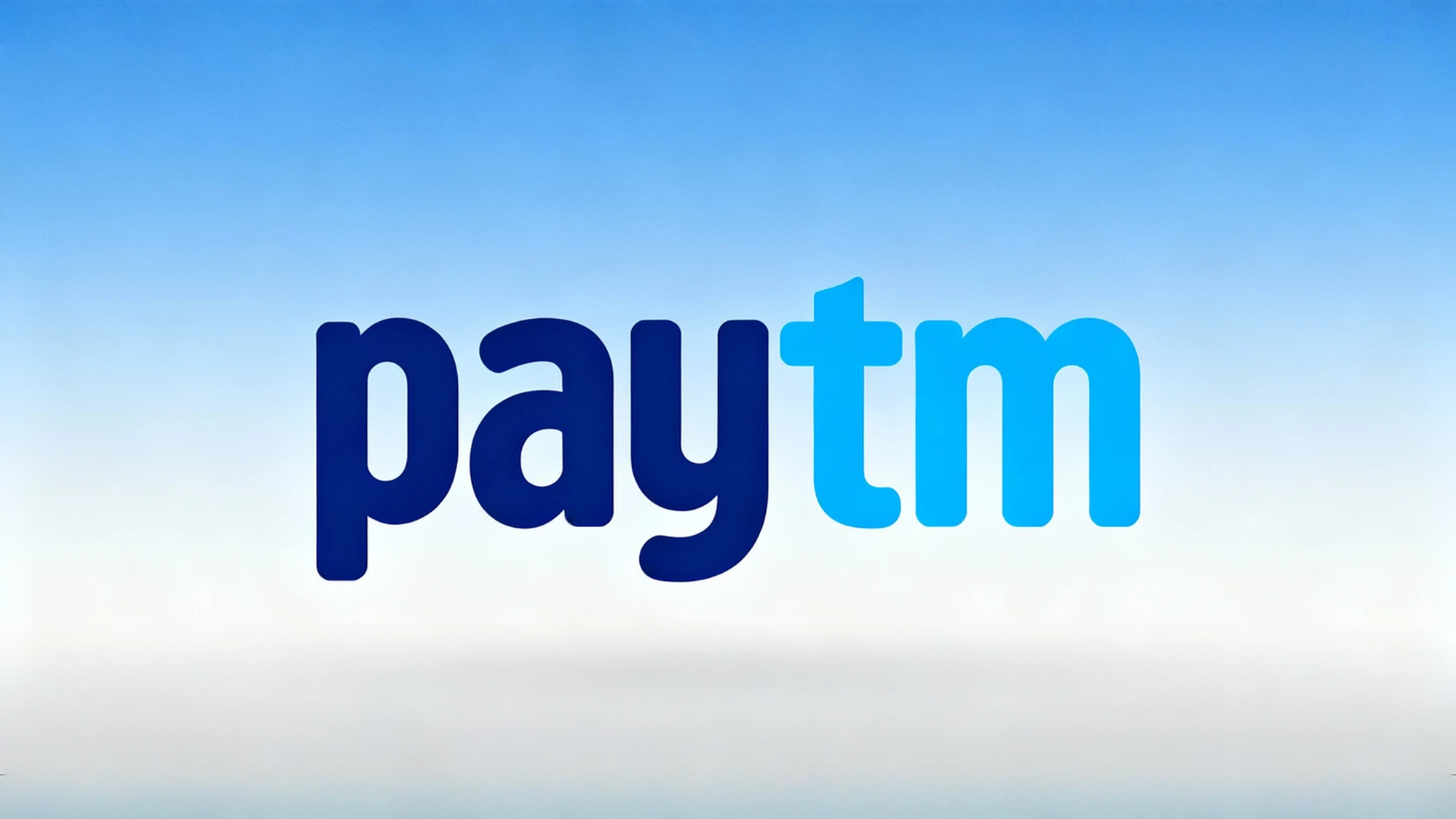Author: Aditya Pareek | EQMint | Fintech News
In a remarkable stride toward sustained profitability, Paytm — India’s leading fintech company under One97 Communications Ltd. — reported a Profit After Tax (PAT) of ₹211 crore for the second quarter of FY26. This milestone not only marks a major turnaround from its earlier loss-making streak but also cements Paytm’s strategic evolution into an AI-driven, efficiency-focused enterprise.
A Strong Quarter for Growth and Stability
For the quarter ending September 30, 2025, Paytm’s revenue surged 24% year-on-year to ₹2,061 crore, driven by the rapid expansion of financial services, higher merchant subscriptions, and strong payment volumes. The company’s Gross Merchandise Value (GMV) — a key measure of total transactions processed — grew 27% to ₹5.67 lakh crore, highlighting the continued trust and reliance of millions of users and merchants on the platform.
Breaking down the growth further, Paytm’s payment services revenue climbed 25% to ₹1,223 crore, while net payment revenue rose 28% to ₹594 crore. The financial services distribution segment recorded an impressive 63% increase to ₹611 crore, reflecting rising demand for Paytm’s loan and credit solutions among merchants and small businesses. Merchant subscriptions, another strong indicator of platform stickiness, rose by 25 lakh during the quarter to reach 1.37 crore.
Profitability Anchored in Cost Efficiency
While the headline profit figure of ₹211 crore is impressive, it’s important to note that this number excludes a one-time, non-cash impairment of ₹190 crore linked to a shareholder loan to one of Paytm’s joint ventures. Even with this adjustment, the company maintained profitability, posting ₹21 crore in reported PAT, underscoring the resilience of its business fundamentals.
At the operating level, EBITDA stood at ₹142 crore with a margin of 7%, reflecting enhanced efficiency and better cost optimization. Contribution profit rose 35% year-on-year to ₹1,207 crore, with margins improving to 59% — a clear indicator that the company’s growth is becoming increasingly self-sustaining.
AI-Led Transformation: The Core of Paytm’s Strategy
A major catalyst behind Paytm’s strong performance has been its AI-driven operating model. Artificial Intelligence now powers nearly every facet of its business — from customer engagement and fraud detection to merchant onboarding, collections, and expense management.
This digital-first approach has enabled Paytm to streamline operations and achieve significant cost reductions across departments. Indirect expenses were down 18% year-on-year, marketing costs fell 43%, and non-sales employee expenses dropped 41%, aided by automation and leadership-led cost rationalization initiatives. These savings have directly bolstered profitability without compromising on growth or service quality.
The integration of AI has also improved customer experience through faster transaction processing, smarter risk analysis, and enhanced loan recovery efficiency. As Paytm continues to refine its AI models, the company expects even greater operational leverage in upcoming quarters.
Financial Strength and Liquidity
Paytm ended Q2 FY26 with a robust cash balance of ₹13,068 crore, giving the company substantial flexibility to reinvest in growth, scale up merchant networks, and expand its financial services offerings. This liquidity provides a strong buffer in an otherwise competitive fintech market and positions Paytm to navigate regulatory or market challenges effectively.
The company’s continued focus on maintaining a healthy balance sheet signals a strategic shift toward sustainable expansion rather than aggressive cash burn — a move that investors and industry observers have welcomed.
Strategic Priorities Driving the Future
Paytm’s success this quarter stems from its ability to execute on multiple strategic fronts simultaneously:
-
- Strengthening Merchant Ecosystem: The growing number of merchant subscriptions reflects Paytm’s deep integration into India’s MSME and retail sectors. The company’s payment infrastructure now supports millions of small businesses nationwide.
-
- Financial Services Expansion: Beyond payments, Paytm is rapidly evolving into a full-fledged financial platform offering credit, insurance, and investment services. The sharp increase in financial distribution revenue highlights this diversification.
-
- AI as a Competitive Edge: By embedding AI into every layer of its business, Paytm has created a scalable, cost-efficient model that can deliver consistent profitability even in a crowded market.
-
- Focus on Profitability and Discipline: The leadership’s focus on disciplined execution, reduced marketing spends, and improved operational efficiency has translated into steady profit growth — a rarity in the fintech landscape.
Challenges Ahead
Despite this strong performance, Paytm’s path ahead isn’t without challenges. The company must sustain cost reductions without impacting innovation or user growth. Rising competition from other digital payment and financial service platforms will require continuous product evolution and customer retention strategies. Additionally, changing regulatory norms in India’s fintech sector could influence the company’s loan distribution and data practices.
Nonetheless, Paytm’s diversified portfolio, AI-driven agility, and financial prudence provide a solid foundation to withstand such headwinds.
The Road Ahead
With two consecutive profitable quarters and consistent revenue growth, Paytm has successfully transitioned from a high-growth startup to a mature, profit-driven fintech powerhouse. Its focus on leveraging technology to optimize operations, enhance customer experience, and manage costs effectively has set a new benchmark for India’s digital economy.
As Paytm continues to strengthen its position across payments, lending, and merchant services, the company is not just chasing profits — it’s redefining what sustainable fintech success looks like in India. If this trajectory continues, Paytm’s AI-led efficiency model could soon become the gold standard for the entire industry.
For more such news and information visit EQMint.
Disclaimer: This article is based on information available from public sources. It has not been reported by EQMint journalists. EQMint has compiled and presented the content for informational purposes only and does not guarantee its accuracy or completeness. Readers are advised to verify details independently before relying on them.









